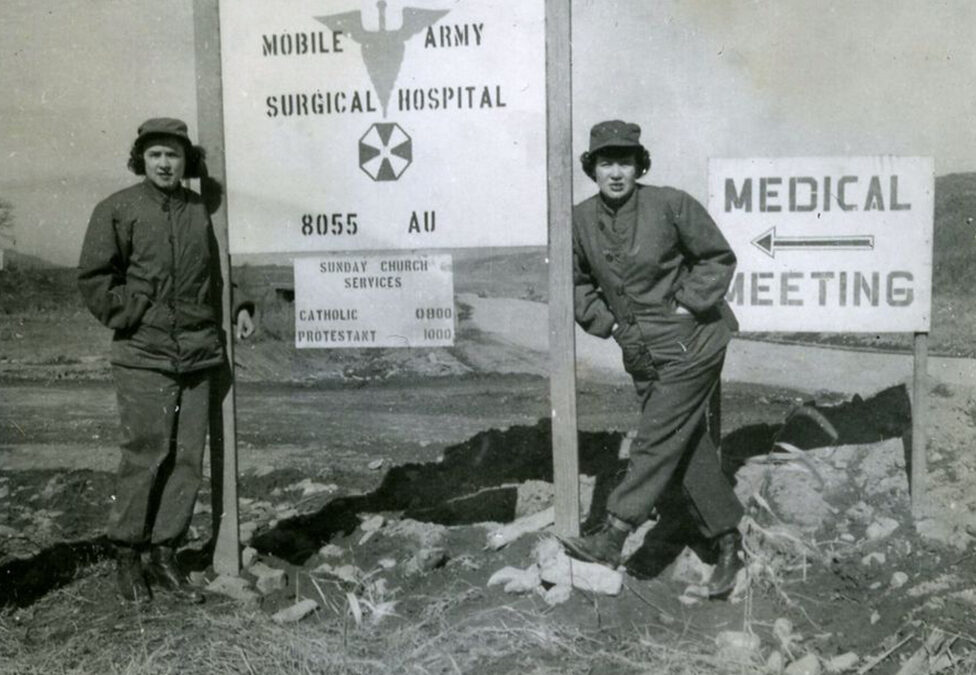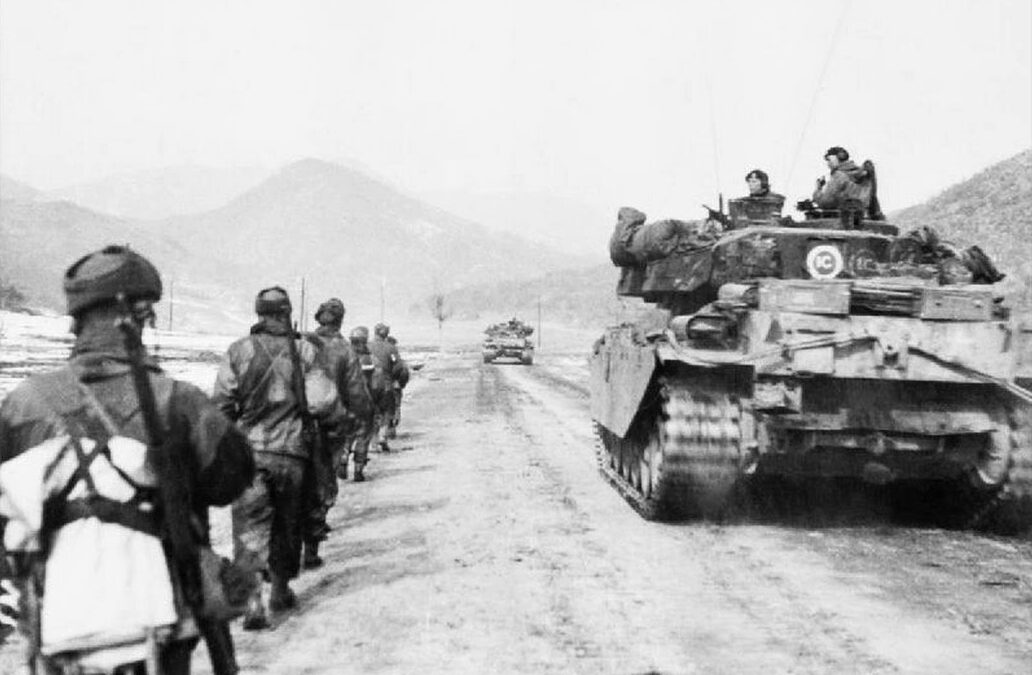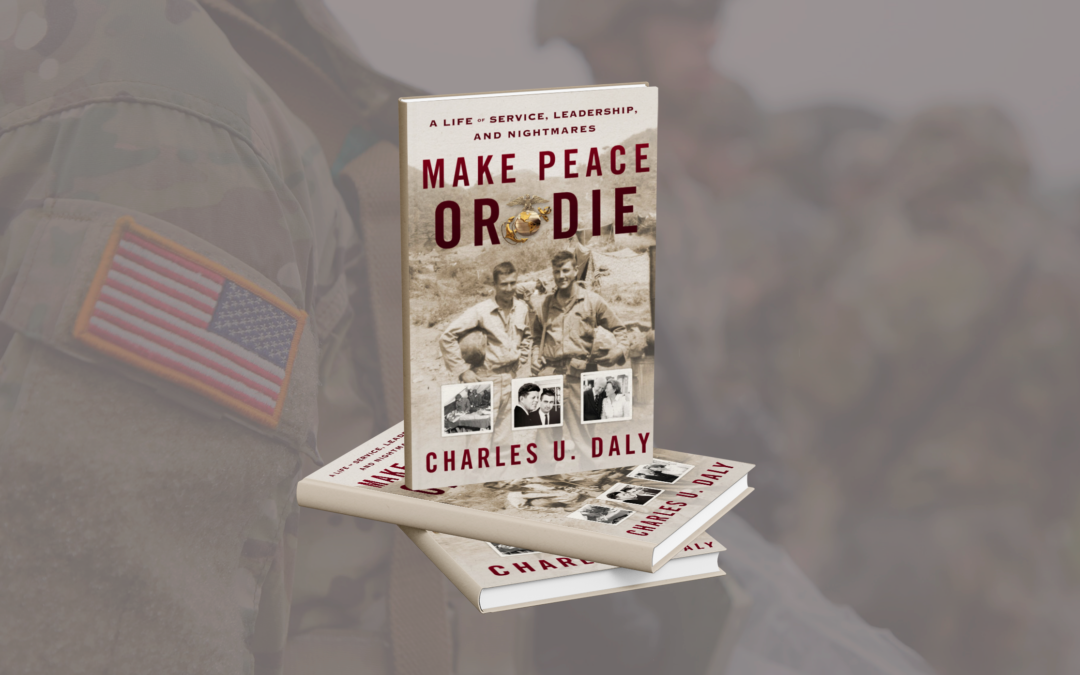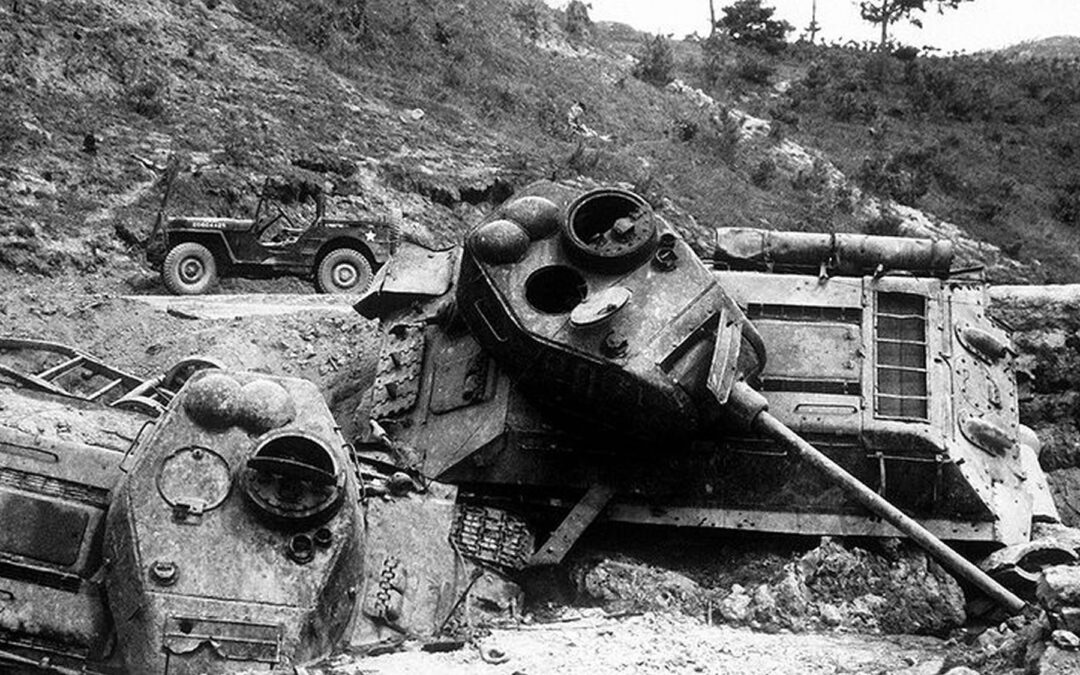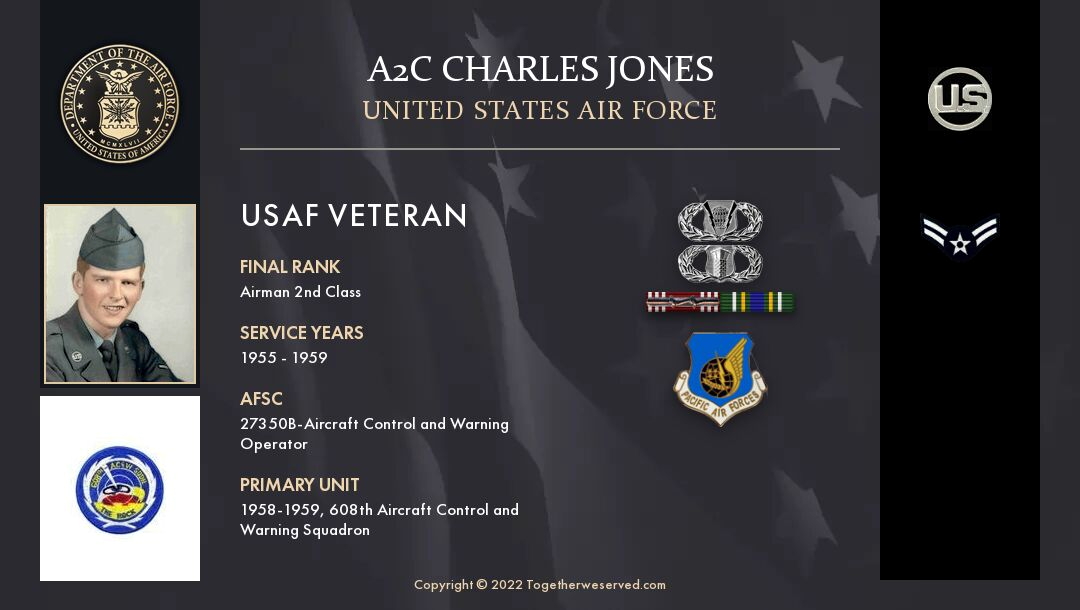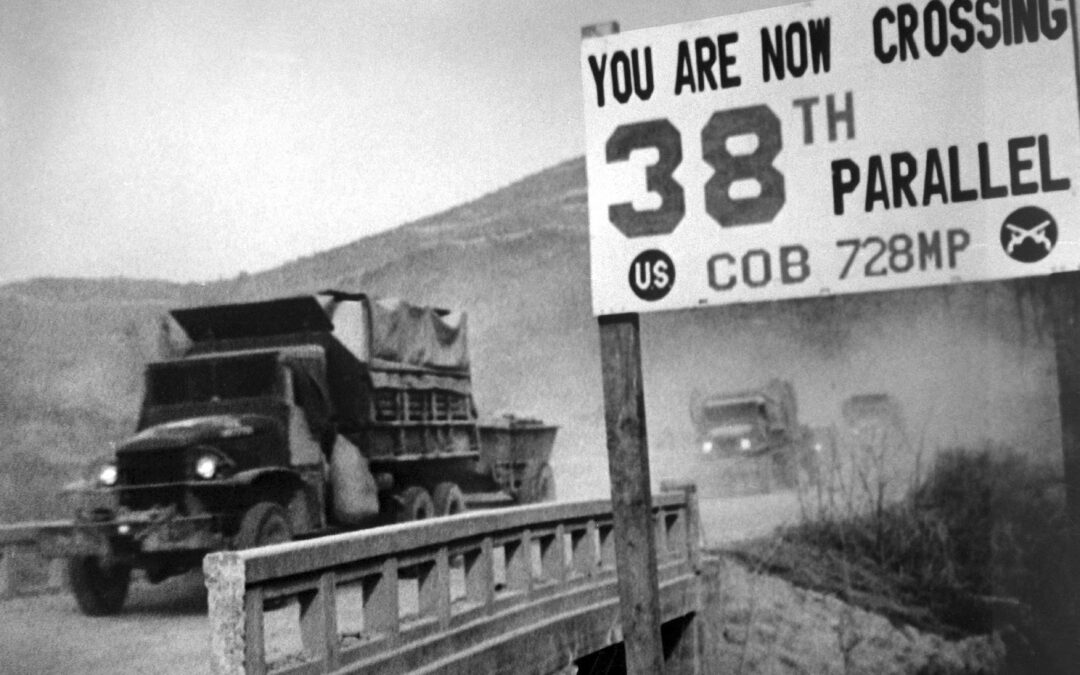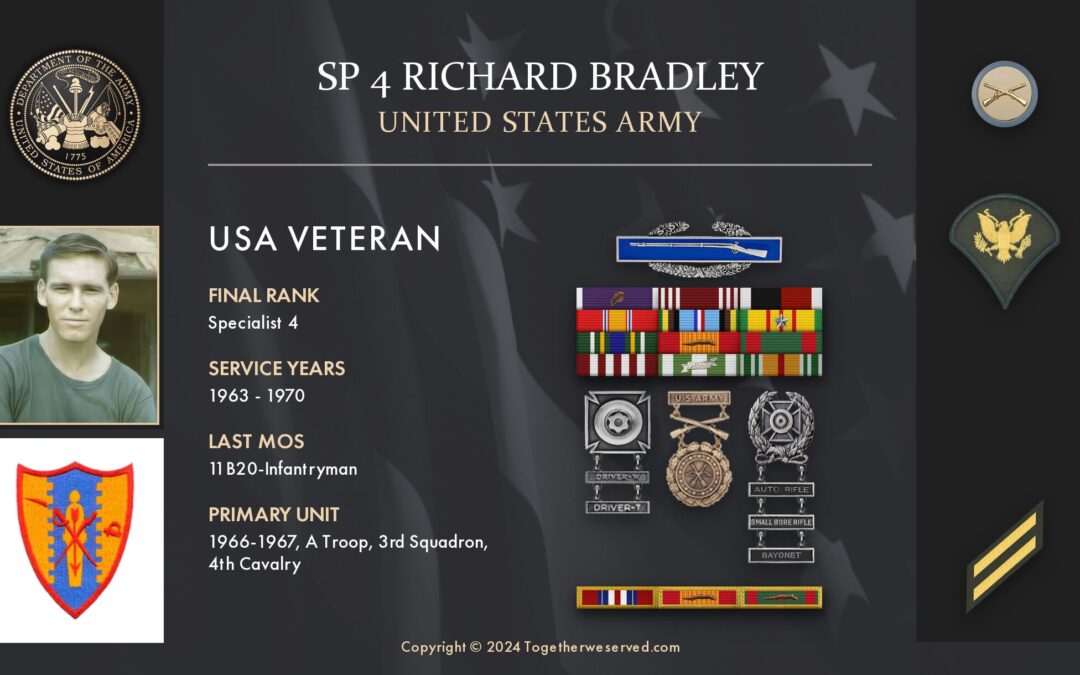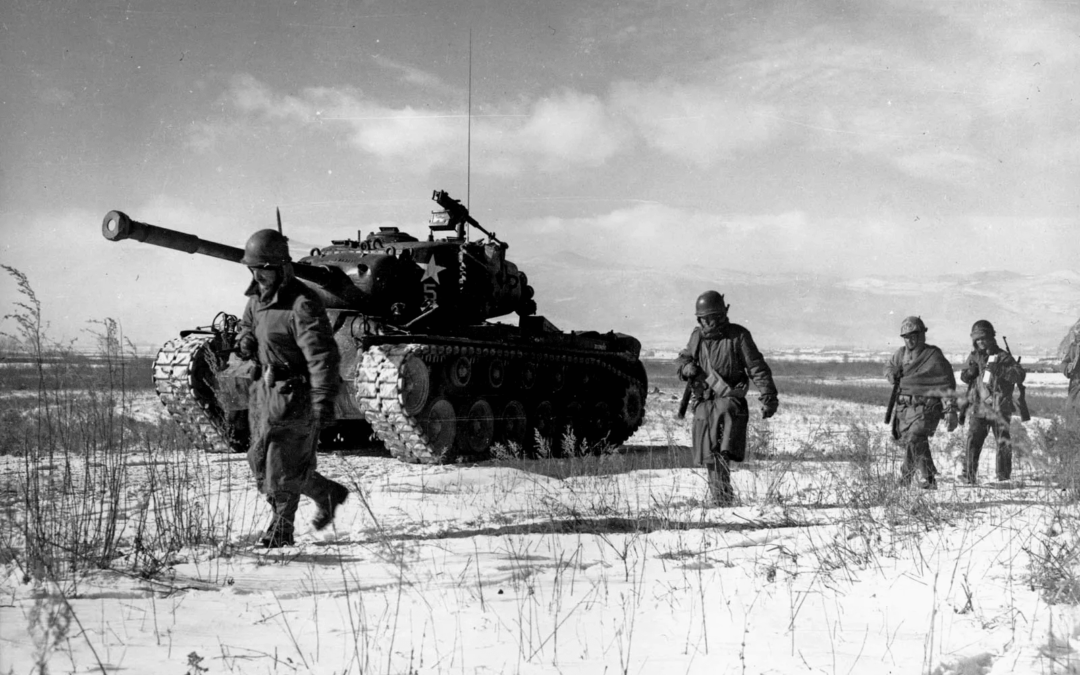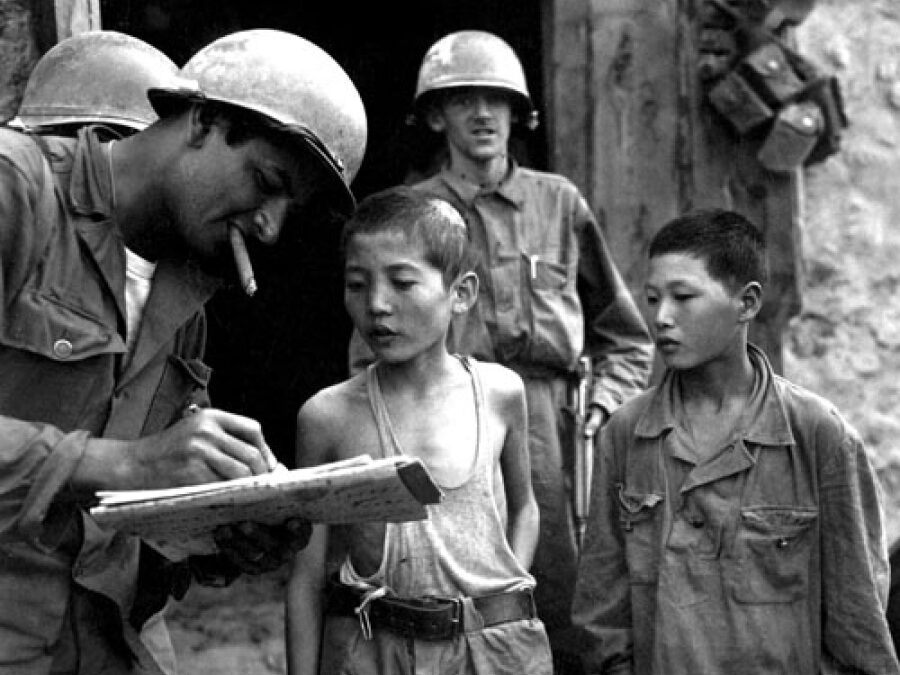In stark contrast with the mission of combat forces, the US Army Medical Corps are committed to providing aid and comfort to the injured: wounded soldiers, civilians and at times even enemy personnel. There are no medals, no glory, and heroism is measured in blood, sweat and tears. Though the Korean War has been regarded as a failure by many because of its indecisive outcomes, in one area it was an unbridled success-saving lives. When the war broke out in Korea on June 25,...
